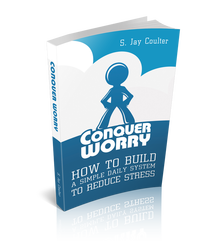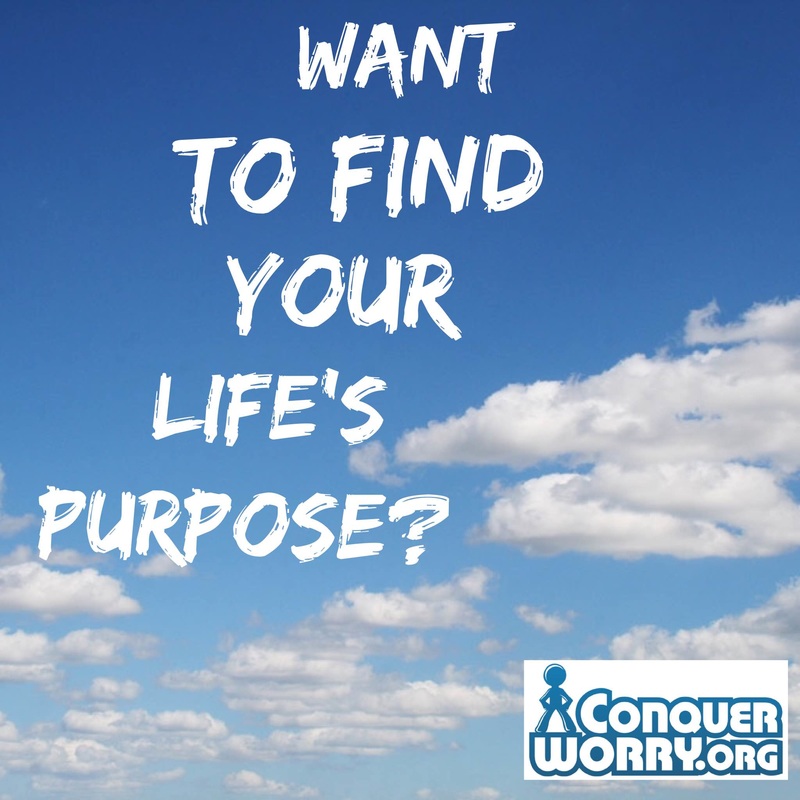|
Article by Irving Schattner Post design and edit by Christy Zigweid Photo by Pexels via Pixabay made using @WordSwagApp When a person in a relationship recovers from addictions (alcohol or drugs, food, gambling, shopping), anxiety and/or depression, it could be said that the person is following a new path. This path may feel scary at times, but when such a person has committed to the change process, their partner or significant other may not fully be aware of how their loved one has changed and how it may impact their relationship. In some instances, one's partner or significant other may welcome these changes as a healthy outcome of couples therapy. They may feel liberated from their partner’s constant need for support, validation and neediness, and can now focus on establishing a more balanced, healthy, and mutually beneficial relationship. In other instances, one’s partner or significant other may find himself or herself resentful and pushing back against the tide of what they see as a person they no longer know or understand. This occurs most particularly when their role as protector, defender, or enabler becomes undermined by this change in their partner. As one partner changes through the therapeutic process, the balance of power can shift one of two ways: Equality, equilibrium, mutual recognition, understanding, and respect come to define this modified relationship. And one partner accommodates to this new arrangement while the other partner finds it difficult or is unwilling to make a change that recognizes the needs of the other. Maintaining a Healthy RelationshipGenerally speaking, it is healthy and necessary for people to adapt to changing circumstances and life events. So, too, it is expected that relationships will change over time. But sometimes partner’s needs change and are not complimentary. Partners may find themselves on different paths or life journeys. So, what can you do when you find that your needs, wants, desires, dreams, or life direction have changed from that of your partner’s? The first thing you might want to consider is acknowledging these changes. Failure to be open and honest with your partner may only lead to a breakdown of the relationship. Perhaps you truly want out of the relationship and are fearful of confronting this fact. If this is the case, your complacency and lack of openness will passively move you towards what you truly want – dissolution of your relationship. On the other hand, if you want your partner to share the new you and your new journey, it is paramount that you share your thoughts and feelings with your partner. To do otherwise, is sabotage of your relationship. It is natural to want to grow and change, and if you want your relationship to survive, even thrive, it is mandatory that you engage your partner in healthy dialogue that lets them know what’s going on inside of you, the personal changes you are making, and how that may impact or shift the dynamics or nature of your relationship. In turn, you should allow your spouse the space, time, and freedom to fully express their thoughts, feelings and needs relevant to the changes taking place. It is worth noting that just because you may not be one-hundred-percent on the same page, does not mean your relationship is doomed. If you feel like you are at an impasse, or simply don’t know where to begin this process of reconciliation, couples therapy can be of great help in defining your respective wants, needs and desires, and examining whether they can be accommodated in your relationship or if it’s time to move on. About the Author - Irving Schattner, LCSWAbout the Author - Irving Schattner, LCSWAbout the Author - Irving Schattner, LCSW
43 Comments
Article by Irving Schattner Post design by Christy Zigweid Photo by Tabeajaichhalt via Pixabay made using @WordSwagApp Hello everyone, I’d like to introduce to you Dariusz, a former client of mine, who wanted to share this inspiring and heartfelt letter with my readers... I’ve struggled with anxiety for many years, which fueled my addiction to pain pills. They made my anxiety diminish, and helped me feel more comfortable. Little did I know that this was a fast road to a miserable existence. Social interactions made me uncomfortable, which fueled chronic depression when I was off the drugs. To put it plainly, I was a mess from a mental health standpoint. I was broken and ready to give up, but as a last-ditch effort I reached out for help and found Irving Schattner, LCSW, the director and founder of the Counseling Center for Growth and Recovery, in Delray Beach, Florida. With his multi-faceted treatment approach and a caring, genuine perspective, I was nursed back to mental wellness on my road to recovery. Addiction, Anxiety, DepressionI remember the first time I walked into Mr. Schattner’s office, I was extremely anxious and uneasy. I had successfully completed a detox program so my body was off the drugs, but my mind was craving them to feel better mentally. I did not know how to live life on it’s own terms, without resorting to substance abuse. While I removed the drugs from my system, I was left an empty shell of a person, scared to interact with others and plagued by a history of addiction, anxiety, and depression. The treatment philosophy pioneered by the Counseling Center for Growth and Recovery, under the direction of Mr. Schattner himself, focuses on getting to the root causes of your emotional or psychological distress. I learned that feeling anxious and depressed at the same time is a common condition, and can be healed through exposure and response prevention therapy. Together, we examined my negative thoughts and beliefs through cognitive therapy and it’s connection to my self-sabotaging behaviors with cognitive-behavioral therapy. I learned how to challenge these negative thoughts and beliefs, which lead me toward achieving the things I wanted, which was freedom from the anxiety and depression that crippled my life and fueled my addiction. I learned to face my fears, instead of running away from them and numbing myself with drugs. We practiced a variety of life skills and Mr. Schattner helped me feel comfortable in my own skin again. Slowly but surely, my confidence and self-esteem increased after each session, and I was able to venture out into public and social gatherings without the fear of rejection. Online Counseling in Florida from the Comfort of HomeAfter attending face-to-face individual counseling sessions for some time, we transitioned to online counseling in Florida via an internet connection. I used my iPad for video therapy sessions without the need to drive to the practice itself. This allowed for a continued personalized experience but from the privacy and safety of home. It was much more convenient and I felt ready for this natural progression in my level of care. I still attend Mr. Schattner’s online counseling sessions today and the therapy I receive continues to help me become a stronger person. I’ve found purpose and meaning in my life instead of dwelling on the unknown and wasting my life away in fear. If you’re struggling with addiction, anxiety, or depression, don’t fear therapy or counseling. The first step is to find the courage to reach out for help and I know it’s hard because I hated changes in my life or even asking people for anything. But for me it was life or death, as continuing my miserable existence would have certainly not ended well. If I can find the courage to ask for help, then you can too. About the Author - Irving Schattner, LCSW
Letter printed with permission from both Mr. Schattner and Dariusz
Article by Brad Smith Edit and post design by Christy Zigweid Photo by thatsphotography via Pixabay made using @WordSwagApp Emotional support animals offer therapeutic and healing benefits to their owners/handlers by reducing symptoms of emotional or mental illness. An ESA can typically be a dog or cat, but there are many kinds of animals that may also qualify to be emotional support animals. Under American regulations, an ESA is not categorized as a service animal. So, if you pass off your ESA as a service animal, it is a federal offense. The American Pet Products Association reveals that more than 78 million American households own a pet. Emotional support animals play a crucial role in working with patients who are victims of depression, irrespective of their age, professional and cultural background. Over the last couple of decades, mental health professionals have been highlighting the importance and healing benefits of companionship. Research has shown that a solid relationship exists between improved outcomes within mood disorders, schizophrenia, bipolar disorder, schizoaffective disorder, and emotional support animals. The researchers at the New York State Psychiatric Institute discovered that keeping pets offers an opportunity to connect with nature in a unique way. Adults (sometimes children) who are combating the negative symptoms of depression and mental illnesses were found to improve their mental health with pets (often therapy animals), These animals helped boost self-confidence and mental health. How Does It Help?Being alone can be scary for people who are depressed or stressed out. Having a pet around helps them deal with loneliness issues easier as they have someone to take care of. All pets can be emotional support animals, provided they are safe for the patient and the people around him. Emotional support animals help to clear the minds of depression victims who may find it difficult to focus on a specific task. People who are struggling hard to emerge out of difficult situations believe that life is too hard and have issues trusting people. Nurturing and feeding a pet as well as touching your emotional support animals has soothing effects on a troubled mind. People learn to value themselves as there is someone who looks forward to them for support and love. Photo by JensEnemark via Pixabay Are You Allowed To Keep An ESA At Home?People who suffer from any kind of anxiety or depression are allowed to keep an emotional support animal (ESA) with them 24/7 even if their landlord has a ‘no pets’ policy. Medical experts have categorized emotional support animals as a companion animal that offers several healing benefits and eases several disability symptoms of your. Many people are still unaware of the fact that depression and anxiety are counted as disabilities. Under the Federal Fair Housing Amendments Act of 1988 and Rehabilitation Act of 1873, a landlord cannot discriminate against a disabled person in housing and has to make a reasonable accommodation, if required. Simply put, people who have a medical certificate or letter from their doctor that confirms the need for having an emotional support animal, your landlord must allow you to have a pet. If you're living in an apartment building which allows pets, you may still need to show your ESA information to the landlord so he does not charge you extra. Final ThoughtsAlthough cats and dogs have always been popular choices for emotional support animals, we have witnessed several unique animals qualifying for the role. It is not uncommon to see rabbits, pigs, goldfish, and even snakes to help people overcome their depression. If you want to keep a cat, make sure it is neutered and declawed. If it is a dog, choose a breed that is known for providing maximum love and affection. It might also be a good idea to register your ESA on an emotional support animal registry website or registry. About the AuthorBrad Smith is an avid animal lover who loves developing thought providing content for online readers. He currently writes for Therapy Pet - interact with them on their Facebook page.
Article by Irving Schattner Edit and post design by Christy Zigweid Photo by PixArc via Pixabay made using @WordSwagApp Too often, people take mistakes as a sign of personal failure. This core belief often comes from messages acquired from family of origin during one's formative years, as well as traumatic or distressing experiences. One then carries these messages through later life, impacting our thoughts, beliefs and behaviors. Coming to define our self-concept and worldview, messages acquired in earlier years may no longer be relevant or adaptive towards healthy functioning in the roles we carry as adults. So, in our adulthood, continuing to hold on to outdated messages leaves us developmentally stunted and, therefore, incapable of handling the stressors and challenges of daily living. Healing comes through the awareness that messages acquired in earlier years (our “inner child”) don't serve us in later life, and acquiring the skills to actively challenge negative thought patterns and self-sabotaging behaviors. For many of you this is a most daunting task for which you feel ill-equipped, leading you to give up before trying. Others will make minimal progress in applying knowledge acquired through the internet, self-help materials, or even through well-meaning but untrained mental health professionals, only to slip back into old patterns which reinforce anxiety, worry, frustration, depression, and low self-esteem. Photo by TambiraPhotography via Pixabay There is Help...Like many of you, I used to suffer with severe anxiety. My anxiety originated with the messages I acquired early in life, carrying me into adulthood. Like many of you, these negative messages zapped my energy, deprived me of the courage to take advantage of opportunities that came my way, and kept me in a continual cycle of worry and despair from which I could not see my way out. That was until I finally mustered the courage to seek professional help. In doing so, I literally changed my life for the better. I had a mentor who lead by example, one who understood what it was like to live with anxiety, yet mustered the courage and resolve to change. One who made me aware of how my negative messages came to be. One who showed me how to actively challenge (dispute) these messages and replace them with more realistic, truthful and supportive statements. One who made me aware how negative thought patterns led to self-sabotaging behaviors (including avoidance). To my mentor, I am eternally grateful, for I now live with joy, purpose and direction. Through my own journey, I learned not to fear anxiety but actively face it, talk back to it, challenge it, and channel it. My mission, as a psychotherapist who specializes in treating anxiety and depression, is to help other anxiety and depression sufferers achieve the freedom which I’ve come to know. About the Author - Irving Schattner, LCSW
Article by Irving Schattner Edit and post design by Christy Zigweid Photo by Silentpilot via Pixabay made using @WordSwagApp As we head into a new year, I am reminded of how many people are out there needlessly suffering with anxiety and depression. I also ask myself why so many people are willing to “settle” when their lives could be so much better; filled with joy, purpose and direction. As I ponder this question, I am reminded of my own experience with anxiety and the years it “stole” from me; how it zapped my energy, denying me simple pleasures of life and forcing me to pass on opportunities that could have enriched my life. I remember an old television commercial from the United Negro College Fund stating how “a mind is a terrible thing to waste,” I reflect back on my own negative state of mind and how it colored a distorted lens through which I viewed myself and the world around me. My negative state of being easily led to feelings of frustration, anger, suspicion and, at times, hopelessness and despair. Yes, there were good times, but even the good times were short-lived, as anxiety and its aftermath would once again take hold and bring me back to my reality. And so, because I struggled with anxiety and feelings of sadness, hopelessness and despair, I contemplated the value of my worth which translated into a poor sense of self. Feeling somewhat lost and disconnected led me to feel sorry for myself and so rather than take action to do something to manage and overcome my negative emotional state, I continued to daydream about what my life could be like. I was living without a sense of real joy, purpose, or connection with myself and the world around me. It was hard for me to imagine anything other than how lousy I felt. Although I made my mark on some occasions and went through the motions on other occasions, I continued to feel unfulfilled and ridden with anticipatory and situational anxiety. Unrealistically high expectations, a need to be perfect, possessing a strong need for approval, and fearing negative evaluation were the by-products of my anticipatory and social / situational anxiety. Seeing no way out, there were times when I pondered my miserable existence by entertaining thoughts of departing from this Earth. Fortunately, for me, these were only thoughts as I had no plans of acting on them. Realizing that doing myself in was a one-way trip with no return, I continued to hold out some hope that one day I would overcome my anxiety and live with joy, purpose and connection. Fortunately for me, that day came. I saw an ad in the local newspaper (this was many years ago before there were computers or the internet) advertising a group for persons suffering with anxiety and depression. Of course, as fear was typically my guide, I came up with a number of reasons why I couldn’t attend:
Despite all these excuses, I finally decided that despite my suspicion and ambivalence about how the group could be of help, I would give it a shot and go. Photo by vait_mcright via Pixabay So, I showed up to group about a half-hour earlier in order to ease myself into this potentially terrifying situation. The last thing I wanted to do was walk in and have all eyes upon me. As each new member showed up, I said “hello” and introduced myself in an attempt to desensitize myself from the anxiety of what was yet to come. When all the members filed in, and the group room door was closed, I felt a wave of intense panic overcome me. My immediate thoughts were “What the hell am I doing here?" followed by “What if they notice how nervous I am?” and “What if I feel the need to walk out and leave?” It was a living hell on Earth. Despite my intense fear and anxiety, I did stay (probably because I was too embarrassed to draw attention to leaving) and somehow muddled through. Sitting in a group filled with fellow anxiety suffers, my thoughts were focused on how “together” many of the members appeared and how out of place I felt. I was going through the motions while frozen with fear. I listened to people share and when it was my turn, I shared very little and was quite general and superficial. In what seemed like an out-of-body experience, I listened to what others had to share while very much preoccupied with my own internal state of mind and physiological state. When the group adjourned for the evening, I felt relief, said goodbye, got into my car, and went home. On the way home, my anxiety eventually diminished while my evaluative self remained. Despite my success at attending the anxiety group, my anticipatory anxiety persisted as I continued to ponder reasons for not returning to next week’s group. The closer I got to the day of the next group, the stronger these negative feelings were. Despite my excuses and negative frame of mind, I went back to group the following week, followed by the next week and the week following that, and so on. With each meeting, I shared more and came to realize that no one was judging me; I was the only one doing the judging. And...over time, my comfort level with group increased. I came to realize that despite our different life experiences, we all shared the burden of living with anxiety and were all committed to finding freedom through mutual aid and support. Photo by rebeccaread via Pixabay Attending the anxiety group was a turning point in my life. It led me to pursue individual therapy, where I unraveled the mystery behind what was fueling my anxiety and learned healthy strategies for finding joy, purpose and direction. My most important lesson in therapy was learning that despite my worst fears and scenarios, my anxiety would not kill me. I came to realize that the more I tried to hold onto or “control my anxiety,” the more my anxiety controlled me. (This is known as a “paradox,” which involves doing the opposite of what your brain is telling you to do). And so, despite my initial resistance, with support, encouragement, and even prodding by my therapist, I began to allow myself to feel that which I feared most – my anxiety. At first it was scary as hell. My therapist was asking me to do the very thing I was avoiding, facing my anxiety and allowing it to pass through me while continuing to do whatever I was doing. But with repeated practice, my anxiety came to diminish in intensity, as I allowed myself to “face it, feel it, and let it pass through.” Through this process of walking through my anxiety, I came to the realization that fighting my anxiety was futile, and learning to accept (rather than fear) what I was feeling was my answer to gaining freedom from anxiety. In telling my personal story, my wish is for you to reach out and seek help. If I can do it, so can you. It takes some courage and persistence, but the payoff is tremendous. Since my recovery from anxiety, my life has only gotten better. Yes, like most people, I still feel anxiety from time to time, but it no longer throws me into a panic. I now see my anxiety as a way of letting me know that something is troubling me and use the skills learned in therapy to channel this anxiety for positive change. And… as a licensed clinical social worker / psychotherapist, I’ve taken what I’ve learned (both personally and professionally) into helping others achieve freedom from anxiety and depression. Take the challenge… step out of your comfort zone, attend a support group and seek professional help for your anxiety and depression. Warm regards, Irving Schattner, LCSW About the Author - Irving Schattner, LCSW
Guest post by Irving Schattner Edit and post design by Christy Zigweid Photo by PublicDomainPIctures via Pixabay created using @WordSwagApp For many people suffering from anxiety or depression, the Holiday season and New Year can be a difficult time. Unrealistic expectations or commitments, family connection or disconnection, social isolation, financial problems, grief and loss, geographic change, and less sunlight can lead to stress, anxiety, sadness, and depression. Headaches and body aches, over-eating, excessive spending, and insomnia are a few ways in which the inability to cope with the holiday blues can manifest themselves. During such times, it is important to develop a plan of action to head off or derail the effects of the holiday blues. If untreated, they can last way beyond the holiday season and into the New Year. For some people, increased social support can be of great benefit. This may include connecting with old friends or family members. Facebook and other social media, as well as the old-fashioned phone call are tried and true methods. The meetup.com site is a great way to connect with people who share your interests. Counseling and support groups are other ways of self-exploration and learning to connect with the world outside of yourself. For people suffering with season affective disorder (SAD), which is associated with shorter days of sunlight, increased exposure to the outdoors as well as phototherapy 30 minutes daily (25 times as bright as normal lighting), can help increase feelings of well-being. Photo by PublicDomainPictures via Pixabay While for some the holiday season means good, happy times with friends and family, for many people it represents a time of sadness, debilitating self-reflection, loneliness, and anxiety, resulting in fatigue, unrealistic expectations, financial pressures, and commercial expectation to go out and spend money. Too often they are plagued with unfulfilled goals and focus on what’s not right in their lives. The demand to conform to external expectations of what it means to be in the holiday spirit may contradict one’s actual life experience. This leads to internal conflict, somatic ailments, and psychological and emotional distress. Risk factors for stress, anxiety, and depression include, but are not limited to: lack of adequate social support, recent or past trauma, life changes, substance abuse, balancing the demands and expectations of family vs. setting appropriate limits or boundaries, house guests whose presence creates increased tension, and insomnia or isolation. Photo by CC0 Public Domain via Pixabay Tips for managing holiday stress
About the Author - Irving Schattner, LCSW
Article by Steve Johnson Edit and Post Design by Christy Zigweid Photo by skeeze via Pixabay made using @WordSwagApp We all know the importance of physical exercise. It has the power to heal the body, clear the mind, and keep our waistlines in check. While regular exercise should be a top priority for everyone, it’s especially important for people with disabilities to stick to a moderate exercise regimen. Here are a few tips to help you ensure getting plenty of exercise stays a part of your daily routine. Create a Plan and Set Your GoalsThink about what kind of exercise would work for you, what kind of results you want, and your overall goals for your physical health. Consider whether you want to work out at home or whether group exercise will be more motivating for you. Write it all down and use it to help create your exercise plan. There are plenty of resources online for people with disabilities looking to create an active lifestyle. There’s also adapted versions of popular exercise activities that may be more suitable for people with limited physical ability, like chair yoga, aquatic exercise, and adaptive Alpine skiing. Remember, your exercise plan doesn’t need to be intense or complicated–as long as you commit to doing it regularly you’ll see benefits. Consider Alternative TherapiesMany alternative therapies will help you heal while also getting exercise. For example, aquatic therapy has been shown to improve muscle strength, flexibility, and balance while helping to decrease pain. Another option is to get a therapy dog. Therapy dogs can help reduce symptoms of depression and PTSD while encouraging physical exercise through dog walks and play. Work with Professionals If you’d like some help creating or implementing your exercise plan, consider getting advice and encouragement from a health care professional like a doctor or physical therapist. There are also personal trainers who specialize in fitness for people disabilities. All 3 types of professionals should be able to help you figure out what you’re capable of and what activities you’ll enjoy. Keep in mind that–depending on your disability–you might need to seek clearance from your doctor before starting a new exercise regimen. Photo by Andrew Malone via Flickr Listen to Your BodyWhether you work with others or go it alone, always remember to listen to your body. Tune in to any physical sensations you have during exercise and know when to take a break. Remember–you should feel like you are putting your body to work, but you shouldn’t be feeling pain. If you find yourself in pain during exercise, stop immediately and consult with your doctor before continuing. If you’re experiencing chronic pain, it may be more rest that you need rather than more intense activity. Work with your physician to find the right balance. Sticking to an exercise routine can have its ups and downs, but once you start, the physical and mental health benefits you see will make it well worth it. ABOUT THE AUTHOR Steve Johnson has always been dedicated to promoting health and wellness in all aspects of life. Studying in the medical field has shown him how important it is for reputable health-related facts, figures, tips, and other guidance to be readily available to the public. He created PublicHealthLibrary.org with a fellow student to act as a resource for people’s overall health inquiries and as an accurate and extensive source of health information. When he isn’t hard at work in his studies, Steve enjoys playing tennis and listening to his vintage record collection.
Have you ever felt like a fraud? Do you treat yourself poorly? This is the episode for you!
In this podcast Lara Heacock comes on to discuss The Impostor Syndrome and The Self Kindness Revolution. 
ABOUT LARA (From Her Website)
Hi! I’m Lara Heacock, and I believe, so strongly, in being kind to yourself. My Kind Over Matter story began after decades of trying to check all the “right” boxes… I got the degree (in Psychology) and then an MBA. I got a house and a husband, and I poured my heart and soul into a very successful 11 year career as a professional recruiter and leader. I was the strong one holding everyone else up, determined to maintain the image that I had everything perfectly under control, and could do it all! I was the good one, the reliable one, the one who had it all together, but I wasn’t happy. There was nothing left for me. Eventually, I was exhausted. I couldn’t fall asleep at night and had no energy during the day. I felt disconnected, misunderstood and angry…a lot…especially at my husband. Even though I’d cultivated this ‘perfect’ image, I still struggled with how I felt when I looked in the mirror, but I thought it was weak to share any of this. After all, I was the strong one! What would people think? I was not good at asking for help, and kept hoping that staying busy and having nice stuff would make me feel better. When I realized that I could no longer get out of bed on time to get to work, and that I was procrastinating everything because I felt insecure & anxious, I knew something had to change. My emotional balloon was about to burst! I started being kind to & taking care of myself, and everything changed. I was happier, felt balanced and got “me” back! My marriage improved and my stress level went WAY down. I even found the courage to pursue my lifelong dream of becoming an Executive Life Coach. It was the start of a journey that changed my life. I will never forget sitting in my first day of coaching training and admitting that I was afraid everything was fake and there was nothing underneath. Guess what?
You can’t do it alone either, and you don’t have to. When I learned to love and take care of myself, everything changed. I found my inner light. I built a foundation of self-kindness and acceptance, and am now better equipped to handle what life throws at me. Through my training, I was able to re-claim my self-worth, self-respect and creativity. If I can change, so can you! Since then, I’ve spent hundreds of hours helping others:
Life is short, and you deserve to enjoy yours fully! Let me show you how. Click HERE to read about working with Lara
Dan Lukasik returns to the podcast to discuss SUPPORT GROUPS. He has become a national thought leader and advocate of supports groups having lead one himself for the past 10 years.

NAMI Support Group Information: Link 
Dan is the creator of Lawyerswithdepression.com. He is the Chairman of the Board of Directors for Compeer, Inc., a Buffalo organization that matches mentors with people who struggles with mental illness. Dan has also been featured on CNN, WSJ and NYT. Follow Dan Twitter: @DanLukasik Facebook: @LawyersWithDepression Guest post by Michelle Peterson Edit and Blog Post Design by Christy Zigweid Photo by karosieben via Pixabay made using @WordSwagApp Addiction comes with many risks, including impulsive or dangerous behavior, health issues, and overdose, but many fail to realize how a serious addiction can have a fatal chain reaction that could lead to suicide. The link between addiction and suicide is a strong one, according to many studies done over the years. One such study showed that the strongest predictor of suicide is alcoholism, a disease which carries depression along with it; either alcohol exacerbates symptoms of depression that were already present, or it has a dark effect on moods and can lead to isolation, violence, or a slow decline in the individual’s ability to function daily. For some, substance abuse is a way to self-treat depression, anxiety, stress, or emotional pain from big life changes, such as a divorce or death in the family. It may be the only thing that helps the individual sleep or cope with everyday events, but the truth is, drugs and alcohol are only making things worse behind the scenes. It’s estimated that the suicide rate among those who suffer from substance abuse issues is as high as 45%, yet it’s still difficult for many people to start the conversation with a loved one who is at risk, in part because the subject is so taboo in our society. We are afraid to bring up the word “suicide” for fear that it will be suggestive, or that it will offend the individual at risk. Another issue is that not everyone knows what to look for. Even trained professionals may have a hard time diagnosing someone with a substance abuse problem--or with depression--and establishing a safe place for the individual to talk openly about their feelings. Photo via Pixabay by Unsplash Although warning signs of addiction can vary from person to person, there is a general list to be on the lookout for. It can be especially difficult to differentiate between warning signs and typical changes in mood and behavior when a teenager is concerned, so be aware that if you think these signs are present in a loved one, it’s important to talk to them about it before you make assumptions. Bringing up your concerns won’t put ideas into their head about suicide; if they were already thinking about self-harm, however, having the word out in the open could be enormously helpful in moving toward a healthy path. Some of the most common signs include:
In talking to a loved one about your concerns, one of the most important things to remember is not to introduce guilt. Being judgmental will only make the individual feel worse, and it’s likely that if they do have a substance abuse problem or are having thoughts of suicide, they already suffer from low self-esteem or feel isolated. Let them know that they are not alone, and listen with a sympathetic ear. Statements such as “I’m so sorry you’ve been feeling that way” are particularly effective. If your loved one admits there is a problem but doesn’t feel comfortable talking to you about it, that’s okay. You can still offer to help them find a counselor, group therapy, or healthcare professional to aid them in recovery. If you feel self-harm is an immediate danger, don’t leave the individual alone. Stay with them and call for help, and, if possible, remove any items that could be used as weapons or cause injury from the area. If you are having thoughts of suicide, please call 911 or the National Suicide Prevention Lifeline at 1-800-273- (TALK) 8255 About the Author Michelle Peterson has been in recovery for several years. She started RecoveryPride.org to help eliminate the stigma placed on those who struggle with addiction. The site emphasizes that the journey to sobriety should not be one of shame but of pride and offers stories, victories, and other information to give hope and help to those in recovery.
|
Build Your Action Based Stress Reduction System
Popular PodcastsOlympian Suzy Favor Hamilton - From Fame to Prostitution to Advocacy
Hall of Fame Basketball Star Chamique Holdsclaw on Mental Resilience Diana Nightingale on her husband Earl Nightingale's Principles for Mental Health Success JoAnn Buttaro on Date Rape & PTSD Survival Story: Its Never Too Late Gabe Howard on BiPolar Advocacy Phil Fulmer on Teen Suicide Prison, Bipolar and Mania with Andy Behrman Columbia Univeristy's Dr. Rynn on OCD Archives
March 2018
Categories
All
|

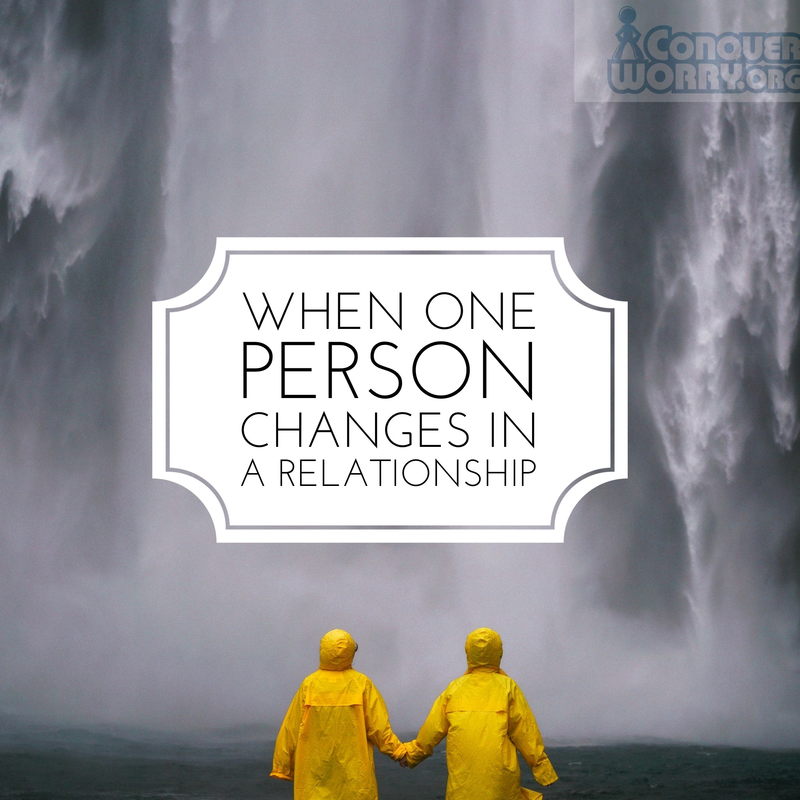

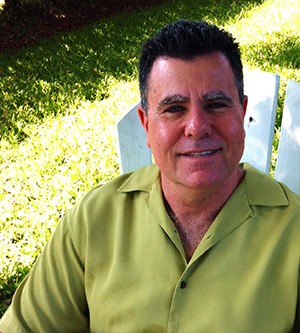
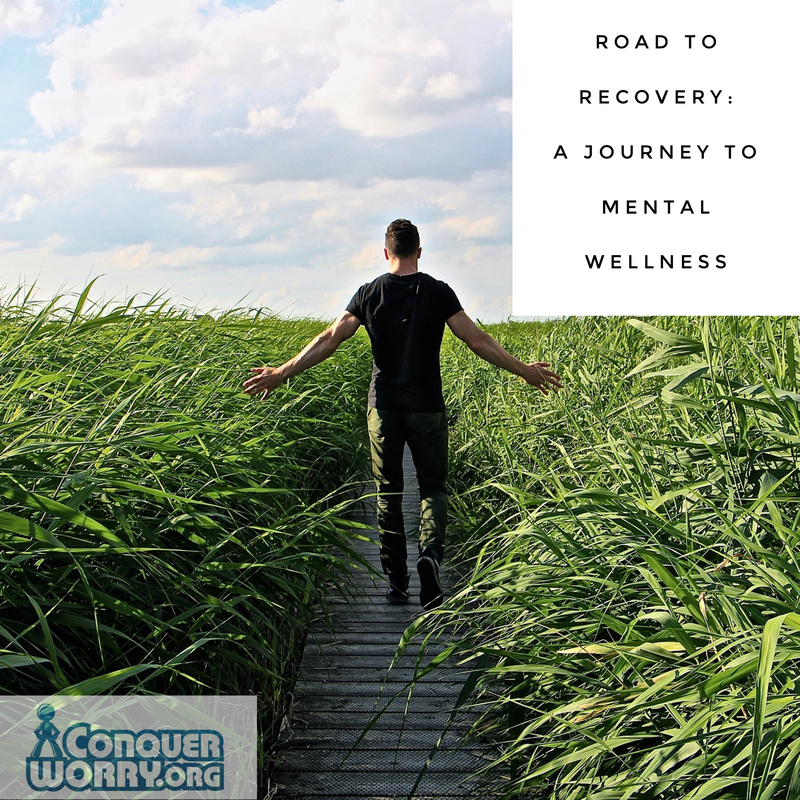

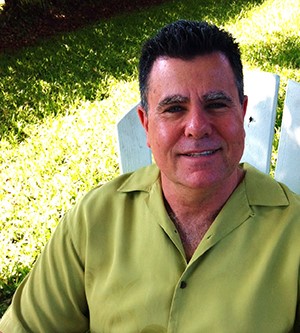
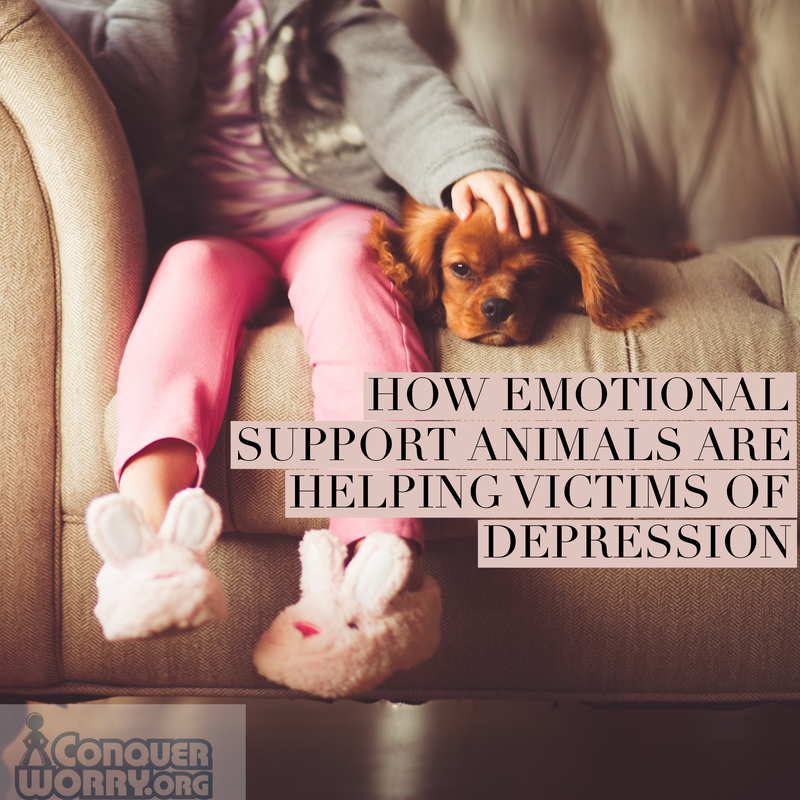

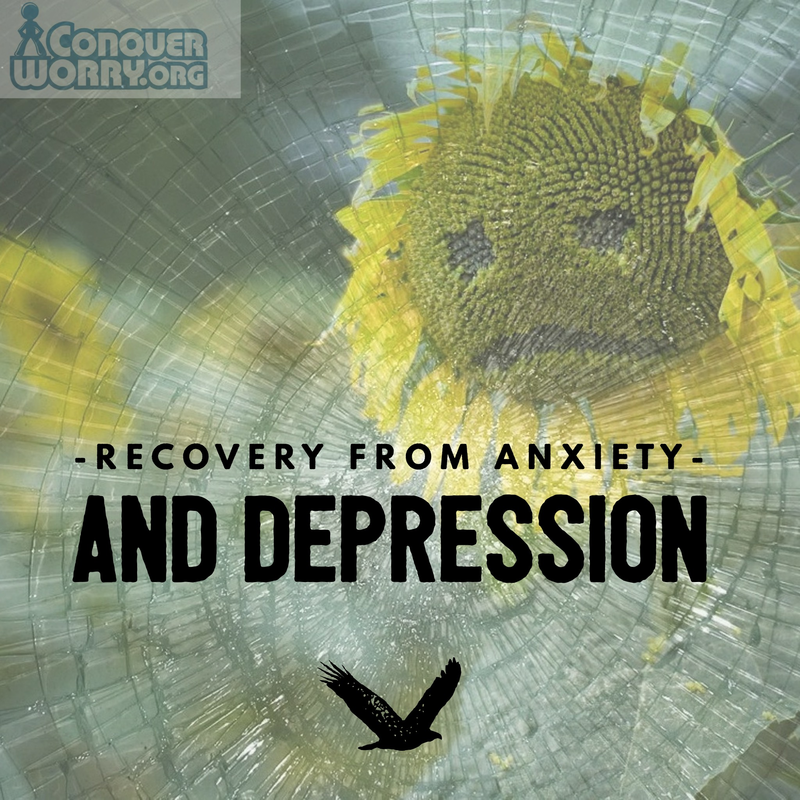

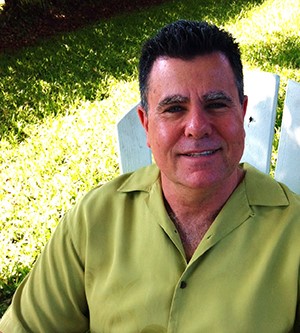

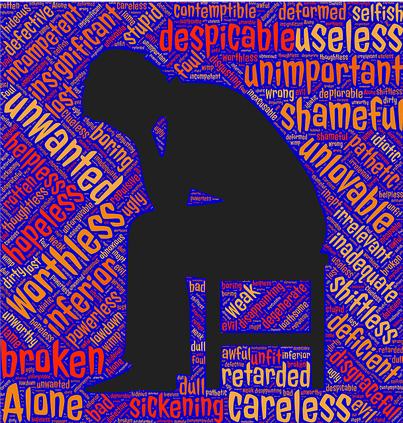


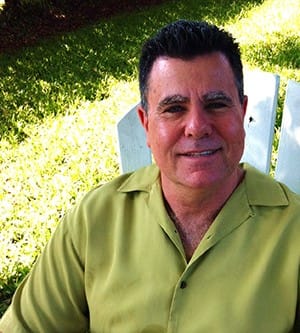



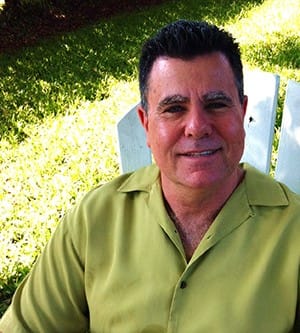
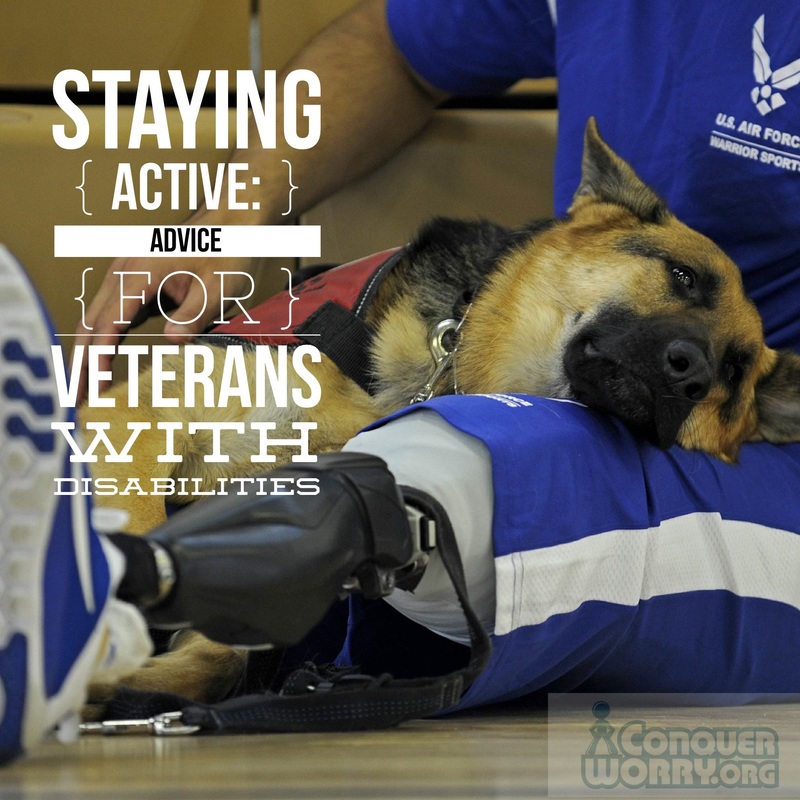

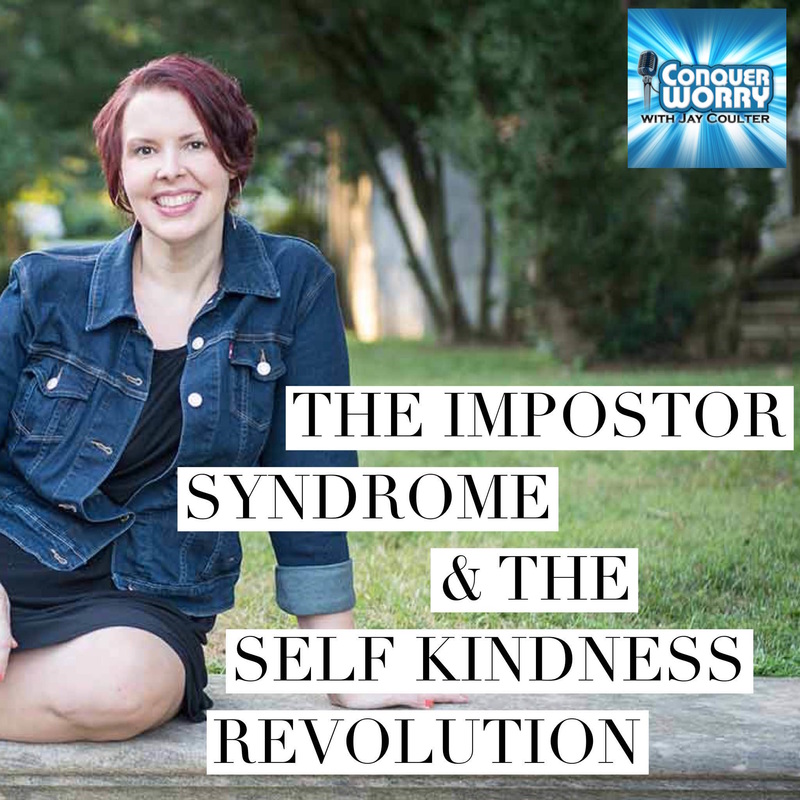
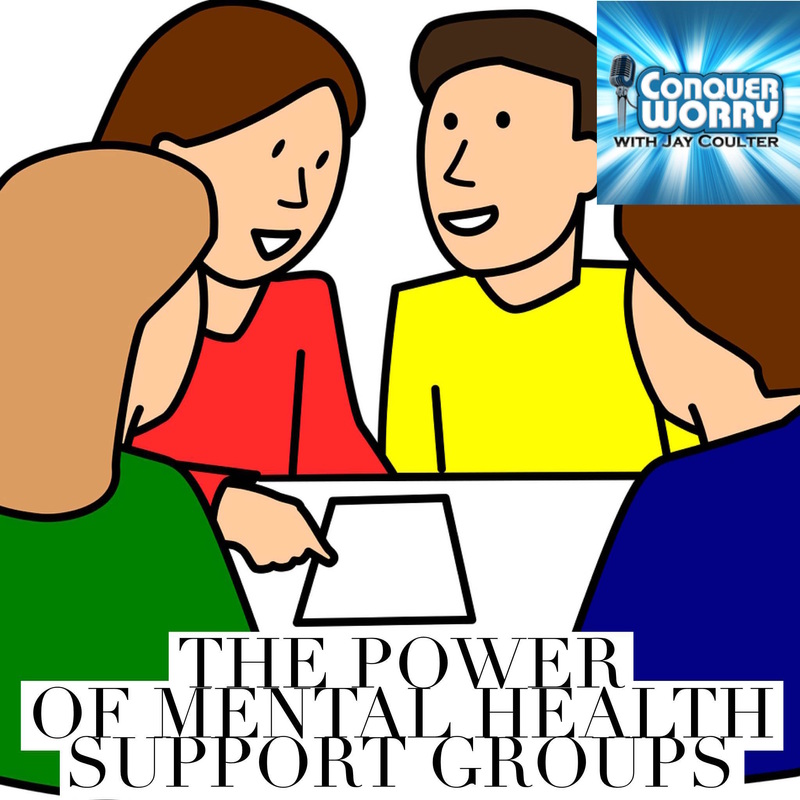
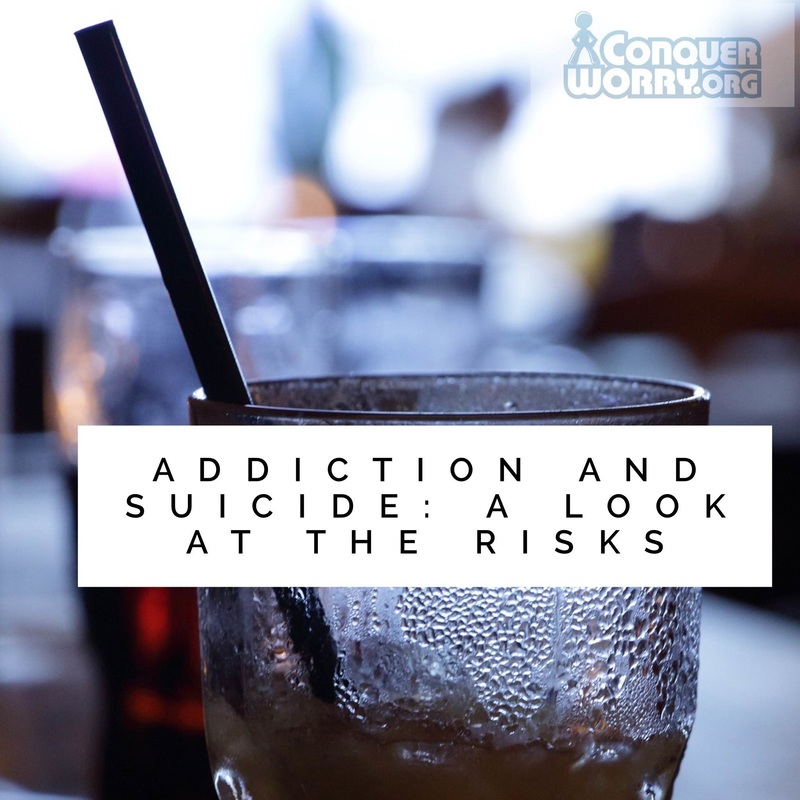


 RSS Feed
RSS Feed
